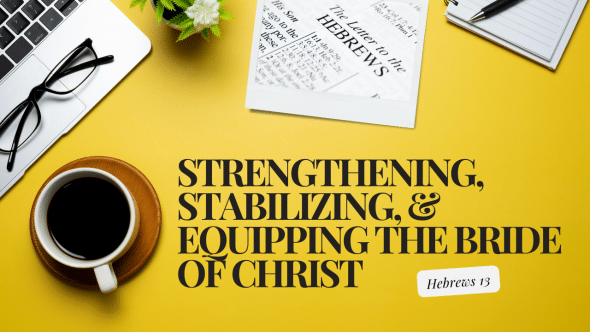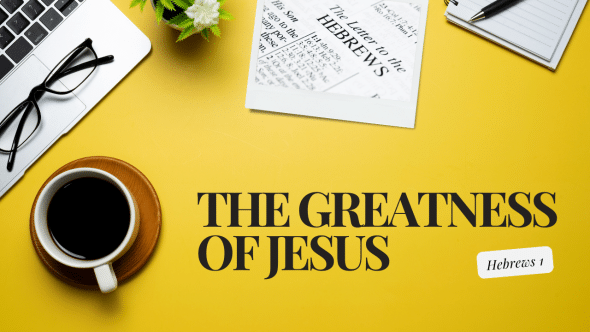In this Sunday’s sermon, we explored the significance of the earthly tabernacle as a shadow of heavenly realities, emphasizing the importance of understanding its design and function. We saw how the elements found within the Holy Place, including the Lampstand, Table of the Presence, Bread of the Presence, and the Altar of Incense not only served a practical function for the Israelite community but also symbolized deeper spiritual truths. The lampstand, for example, represented the connection between humanity and Yahweh, while the Bread of the Presence symbolized God as the continuous provider to His people. The Most Holy Place, containing the Ark of the Covenant, was portrayed as a representation of God’s very presence on Earth, highlighting the gravity of the annual Day of Atonement.
As we transitioned from the Old Covenant to the New Covenant, he emphasized Jesus’ role as our Atonement, Redeemer, and Mediator. Through His sacrifice, Jesus addresses both the outward symptoms and the inward issues of sin, offering healing and transformative change. We arrived to the profound realization that while the earthly tabernacle required ritual sacrifices, Jesus’ death and the shedding of His blood enacted the ultimate covenant of redemption once and for all. He reminded the congregation of the singular nature of our lives and the importance of intentional decision-making in light of eternity, leading to a timely call to communion as a celebration of this incredible gift of grace.













